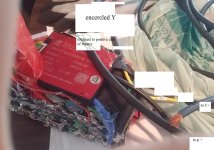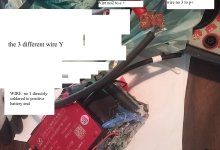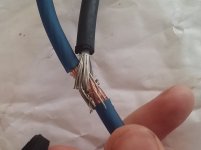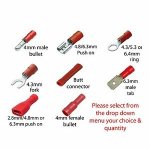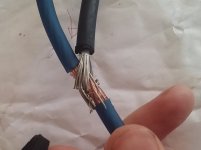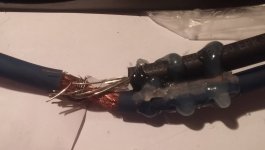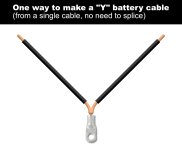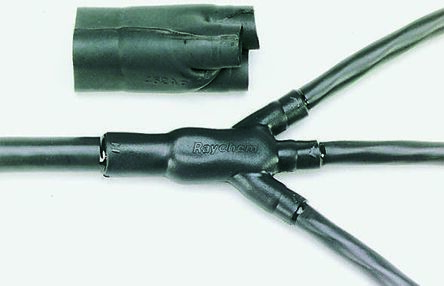want to build
100 W
- Joined
- May 18, 2018
- Messages
- 291
hi i did a prototype of an batterie. all wires are soldered except for the positif one .
i dont know how long i need to leave before the Y and how to do the Y.
when i say Y i mean that somehow i wire becomes 2 wire (one for charge the other for power)
I see 2 ways of doing it .
the first is using 3 different pieces of wire and to mix their end all at the same place named 3 different wire y
the second method uses only 2 wires and is named encercled y . the one from positif end is never cut . i youd remouve 1 cm of the insulator protecting the wire to place the end of an other wire aroud this naked part .
wich way is better?
if it is the second method, were should go the wire that is blue on the picture? to charger or power?
i dont know how long i need to leave before the Y and how to do the Y.
when i say Y i mean that somehow i wire becomes 2 wire (one for charge the other for power)
I see 2 ways of doing it .
the first is using 3 different pieces of wire and to mix their end all at the same place named 3 different wire y
the second method uses only 2 wires and is named encercled y . the one from positif end is never cut . i youd remouve 1 cm of the insulator protecting the wire to place the end of an other wire aroud this naked part .
wich way is better?
if it is the second method, were should go the wire that is blue on the picture? to charger or power?


